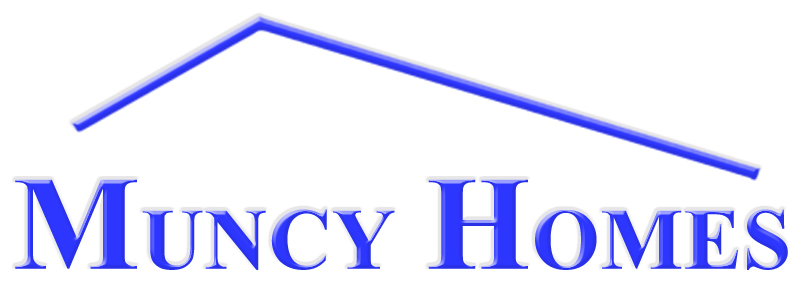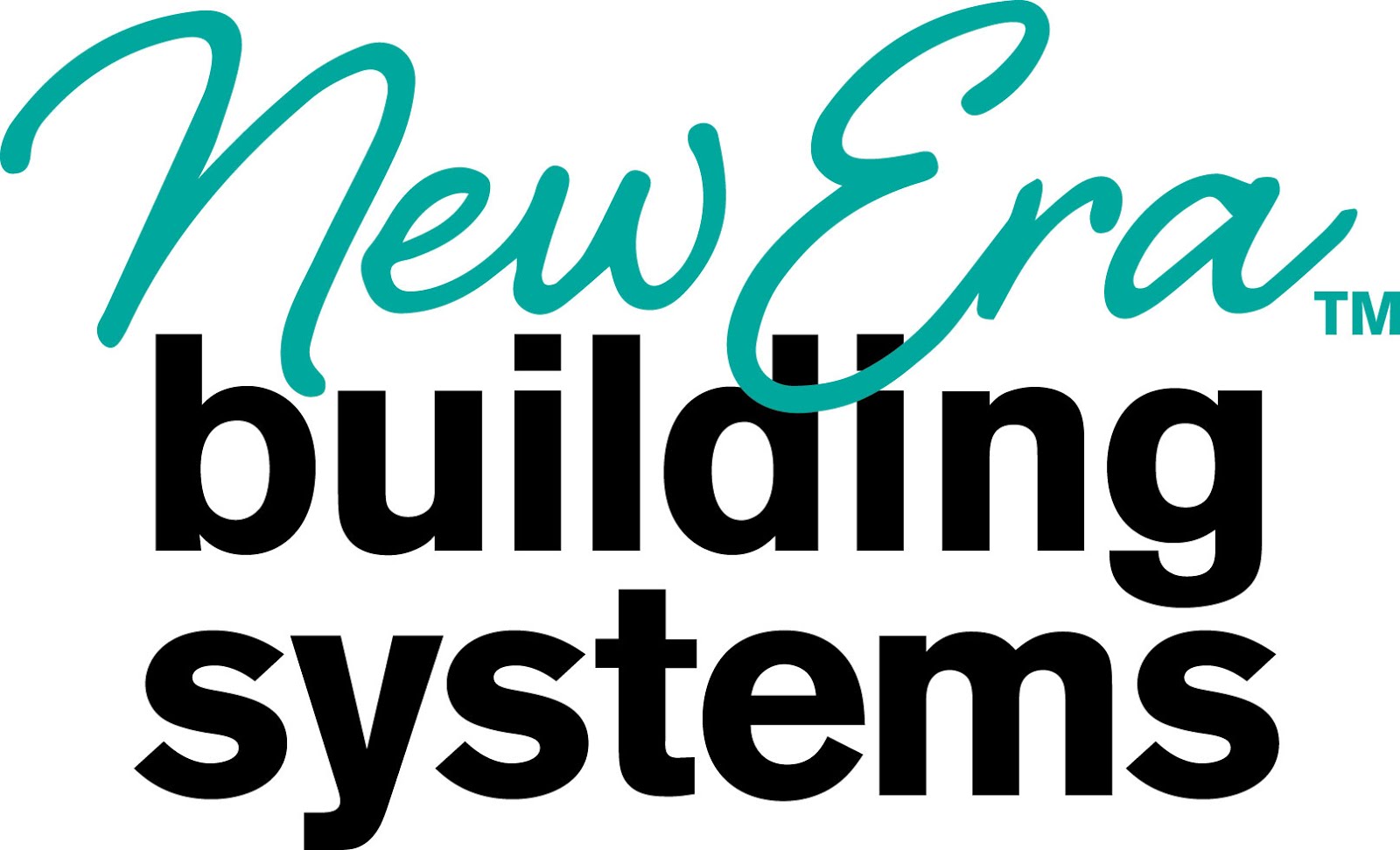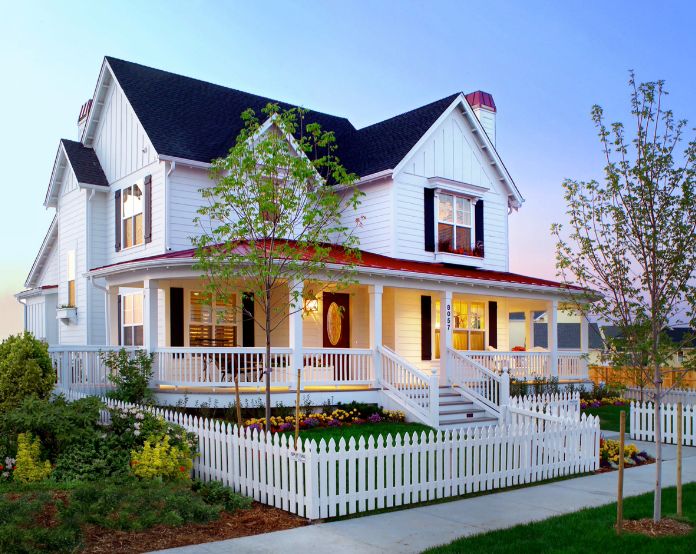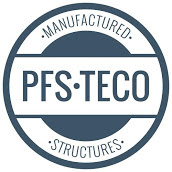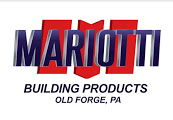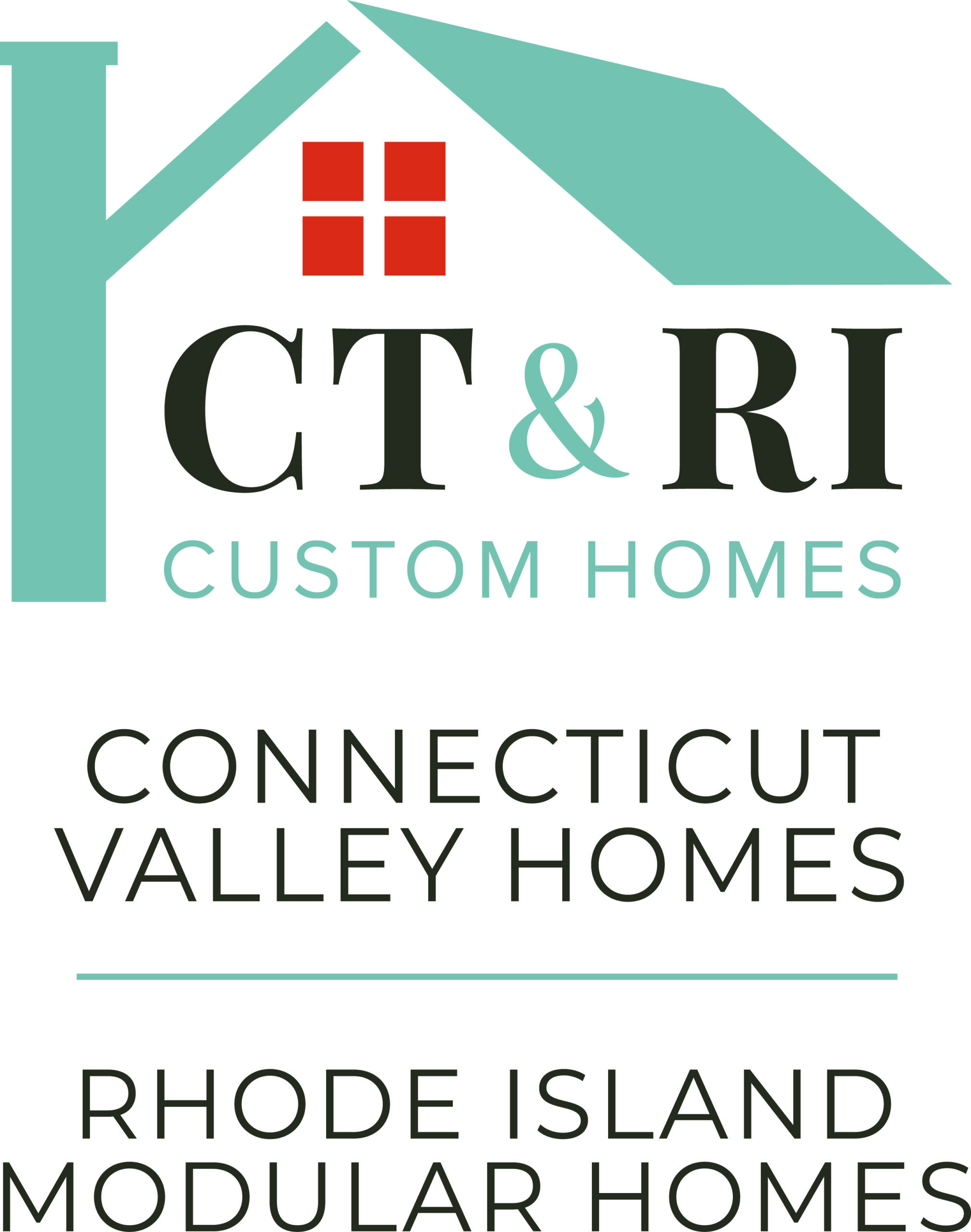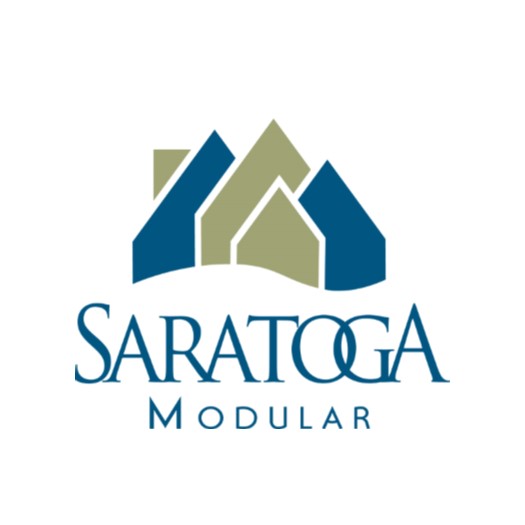For the first time since 2016, U.S. homeownership has taken a step backward. After eight straight years of steady growth, 2024 marked a turning point. Harvard University’s Joint Center for Housing Studies reported that the national homeownership rate fell as millions of Americans found themselves priced out of the market.
This wasn’t a sudden collapse—it’s the slow squeeze of affordability, finally tightening to the breaking point.
Prices Keep Climbing, Even as Buyers Disappear
The numbers tell a sobering story. According to the S&P CoreLogic Case-Shiller U.S. National Home Price Index, home prices have risen 60% since 2019, and they’re still climbing—up 3.9% year over year heading into 2025. The National Association of Realtors reports that the median price for an existing single-family home hit a record $429,400 in early 2025.

That’s not just a number—it’s a wall. For many Americans, it’s the difference between buying and renting for life.
Some cities have been hit especially hard. Austin, Phoenix, and Tampa saw values double in just five years. Even smaller cities once considered affordable have been swept up in the surge. Wages can’t keep up, and younger buyers are being locked out before they ever had a chance.
The Inflation Hangover
The pandemic housing frenzy may have cooled, but the aftershocks haven’t. Even with higher mortgage rates slowing demand, prices remain stubbornly high. Why? Because the costs of building—materials, land, and labor—never came back down.

Inflation has chipped away at household budgets, leaving less room to save for down payments. Builders are feeling the squeeze, too, often forced to produce higher-end homes where profits are safer. That leaves the entry-level market—where demand is greatest—underserved.
And every month that passes, the dream moves further out of reach.
A Tale of Two Economies
If you already own a home, you might feel fortunate. Equity levels are at record highs. But for renters, the mountain grows steeper. The divide is becoming generational: Boomers and Gen Xers hold appreciating assets, while Millennials and Gen Z watch from the sidelines.
Harvard’s research warns that this isn’t just an economic shift—it’s reshaping communities. Neighborhoods that once welcomed young families are aging in place. Essential workers—from teachers to nurses—are commuting farther, priced out of the communities they serve.
“Starter homes” have nearly vanished, replaced by luxury builds and rental developments.
What’s Keeping Prices So High?
The answer is simple but painful: we haven’t built enough homes.
The U.S. housing shortage now exceeds 3.8 million units. That’s the result of years of underbuilding after the 2008 financial crisis, restrictive zoning, slow permitting, and local resistance to higher density. Even when builders want to build, red tape holds them back.
Meanwhile, institutional investors have entered the market, buying up homes as rental properties. Competing with cash offers and corporate portfolios, first-time buyers rarely stand a chance.
And with property insurance costs rising in climate-vulnerable areas, many would-be buyers are priced out before they even sign a contract.
Can Innovation Save the Dream?
There’s no silver bullet—but innovation offers a path forward. Modular construction, factory-built housing, and ADUs (Accessory Dwelling Units) are proving that homes can be built faster, cheaper, and often with higher quality than traditional methods.
Still, outdated regulations, outdated perceptions, and outdated financing models keep these solutions from scaling nationwide. But they’re gaining traction in states desperate for relief.
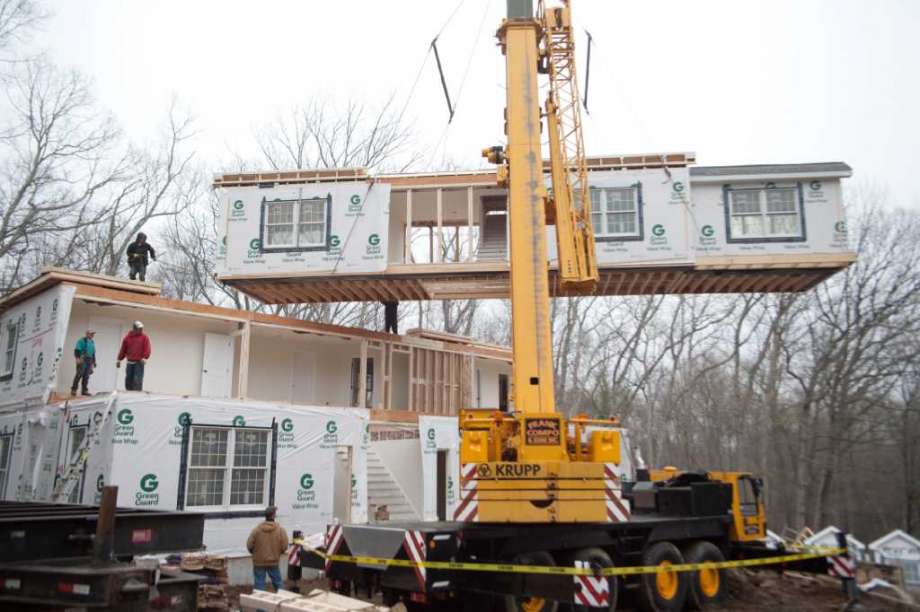
Three Emerging Solutions to Restore Affordability
1. Modular and Offsite Construction
Built in controlled factory settings, modular homes slash waste and construction time. By delivering complete sections for rapid assembly, they cut total build costs by up to 20%—and could bring affordable, energy-efficient housing to scale if zoning and financing catch up.
2. ADUs and Small-Scale Infill
Accessory Dwelling Units—granny flats, backyard cottages, or basement apartments—add gentle density where infrastructure already exists. States like California and Oregon have streamlined approvals, creating new paths to ownership and rental income.
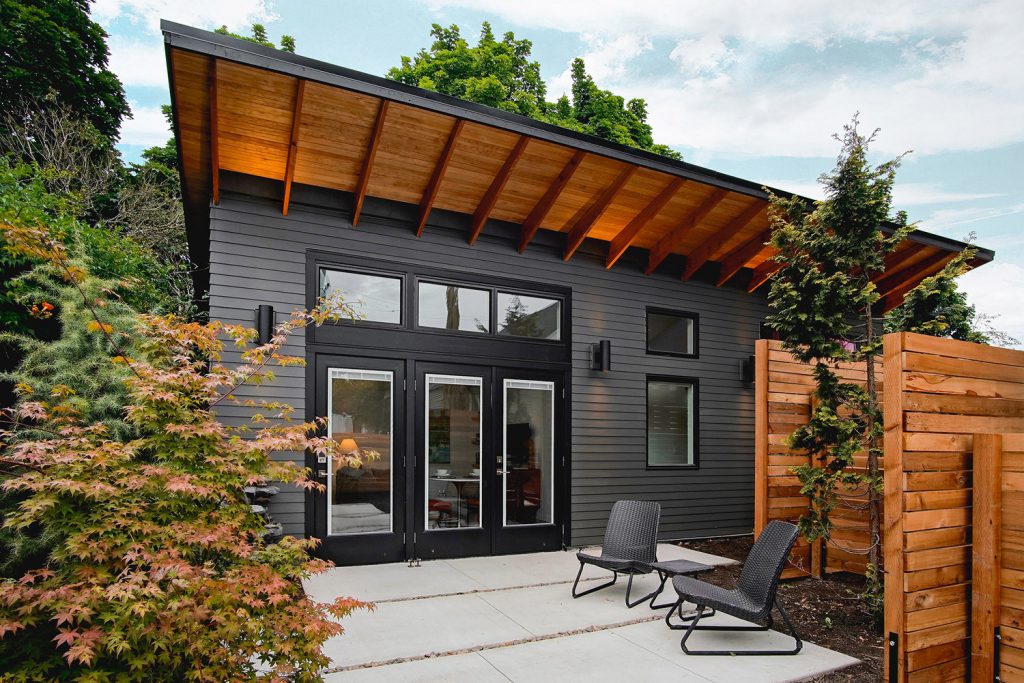
3. Shared Equity and Community Land Trusts
In these models, buyers purchase homes at below-market prices while nonprofits or trusts retain ownership of the land. Homeowners build equity, and affordability is preserved for future generations.
The Coming Crossroads
If prices keep rising while ownership declines, the country faces a permanent renter class. That shift would ripple far beyond housing—undermining wealth creation, community stability, and civic engagement.
Harvard’s researchers caution that only bold, coordinated action can reverse the slide: expanding supply, rethinking zoning, and supporting new building models. Without it, ownership could become a privilege rather than a pathway.
A Turning Point or a Tipping Point?
The fall in homeownership after eight years of growth isn’t just a statistic—it’s a warning light. For generations, owning a home was the foundation of the American Dream. But now, that dream is becoming more exclusive, more fragile, and more uncertain.
Unless we start building differently—and thinking differently—2024 may not be the exception. It may be the new normal.
.
With over 9,000 published articles on modular and offsite construction, Gary Fleisher remains one of the most trusted voices in the industry.
.

CLICK HERE to read the latest edition

Contact Gary Fleisher


